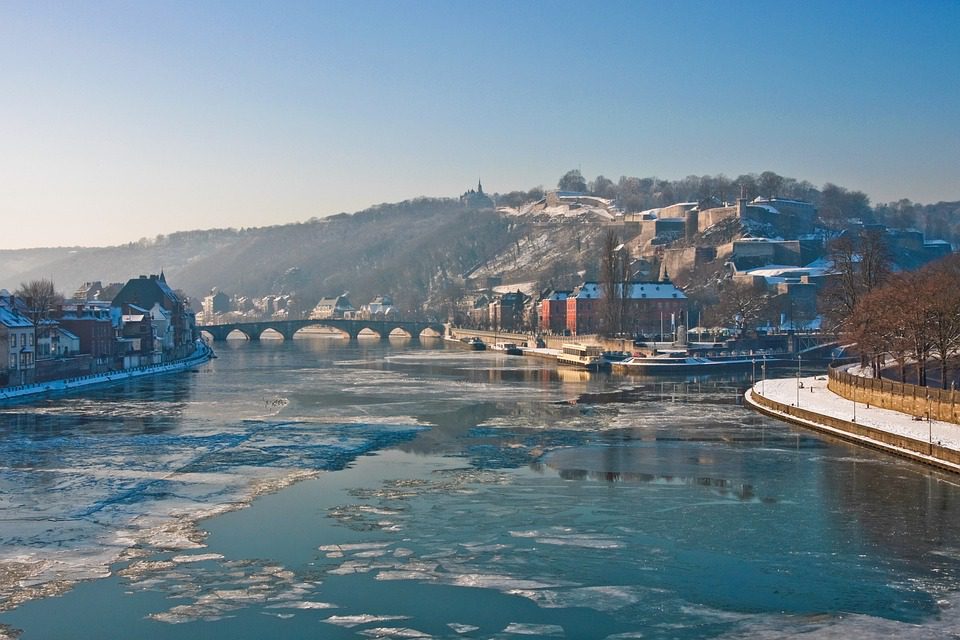Explore Tournai: between majestic cathedral and picturesque streets
Located in the province of Hainaut, Belgium, Tournai is a city full of charm which is full of historical and architectural treasures. With its majestic cathedral and picturesque streets, Tournai is an ideal destination for history and culture lovers.
The Notre-Dame de Tournai cathedral, listed as a UNESCO World Heritage Site, is undoubtedly one of the city’s jewels. Built in the 12th century, this magnificent Gothic cathedral is famous for its five towers and richly ornate façade. Inside, visitors can admire the stunning stained glass windows, detailed carvings, and ancient frescoes that tell the story of the area. The cathedral is also known for housing the famous Processional Carpet, an exceptional medieval tapestry that depicts the life of Christ.
Walking through the picturesque streets of Tournai, you discover a real treasure of architecture and history. The Grand-Place, with its colorful houses and lively cafés, is a great place to relax and observe the daily life of the locals. Not far from there, the rue des Jésuites is a real journey through time with its 17th century houses and stone facades. Architecture enthusiasts should not fail to visit the Maison Tournaisienne, a fine example of Renaissance architecture, which now houses the town’s archeology museum.
The city of Tournai is also known for its world-famous museums. The Museum of Fine Arts, located in a former 18th century hospice, houses an impressive collection of paintings, sculptures and works of art ranging from the Middle Ages to the contemporary era. History buffs can visit the Natural History and Archeology Museum, which features local artifacts dating back to Roman times.
For those who wish to discover the surrounding nature, Tournai offers many green spaces and parks. The Esplanade Park, located near the cathedral, is an ideal place for a walk or a picnic with the family. The gardens of the Palais des Beaux-Arts, with their fountains and sculptures, are a real haven of peace in the heart of the city.
Tournai is also famous for its gastronomy. Fans of Belgian cuisine will not fail to taste the famous mussels and fries, accompanied by a local beer. The town’s restaurants also offer refined cuisine based on local products, such as Tournai cheese and farm snails.
The city of Tournai is easily accessible by train from Brussels and Lille, making it an ideal destination for a weekend getaway. Once there, it is possible to get around easily on foot or by bike, thanks to the many cycle paths in the city.
In conclusion, Tournai is a city that will seduce lovers of history, architecture and culture. Between its majestic cathedral and its picturesque streets, Tournai offers a unique blend of heritage and charm. Whether for a cultural visit or a nature getaway, Tournai will seduce you with its beauty and authenticity.
Originally published at Almouwatin.com














